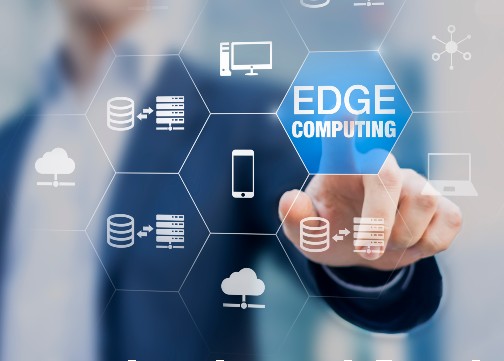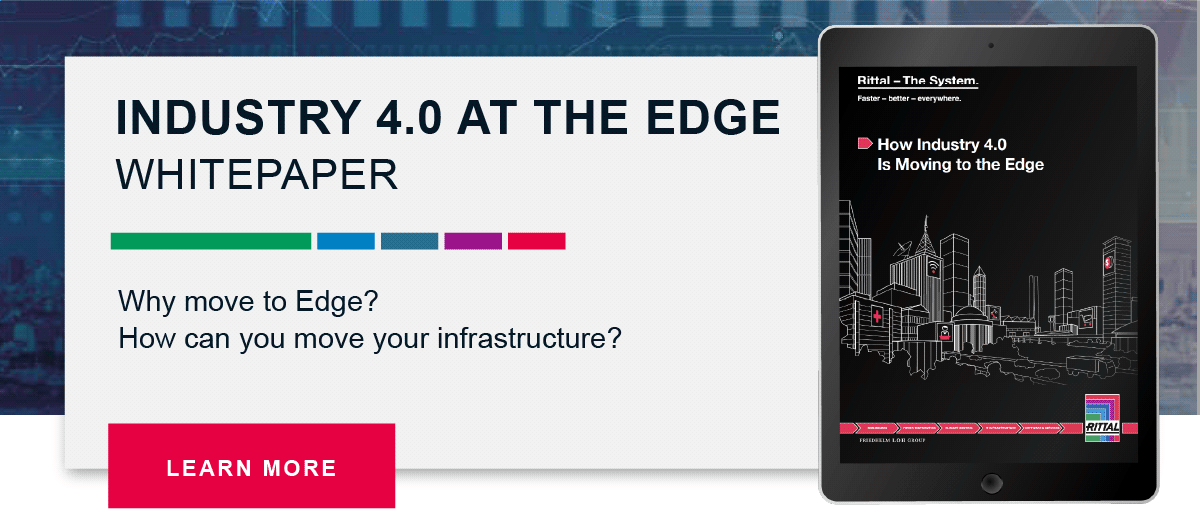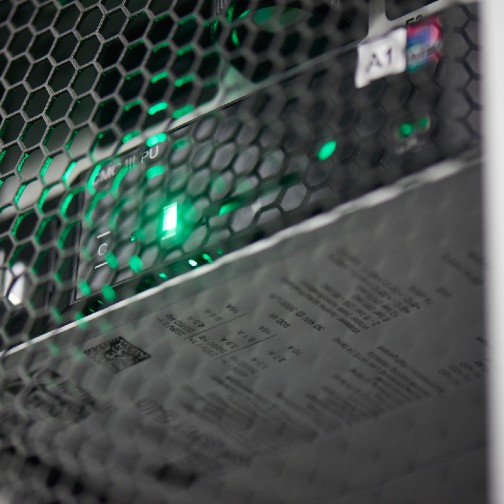Self-Contained Micro Data Centers: Bringing the Best of Edge to A Space Near You
Digital transformations over the past decade have resulted in an explosion of data being generated by new applications in a number of sectors. Industry 4.0, automated financial transactions, 5G systems, AI, mobile streaming, and autonomous vehicles spit out massive amounts of data, all of which must be gathered, evaluated, stored and made highly accessible for real-time actions.
Edge computing brings the technology required to do all this as close to the devices as possible, decreasing latency, alleviating strain on bandwidth, improving security, and ensuring maximum availability. One of the ways to deploy an Edge architecture is with a micro data center.
What Is An Edge Micro Data Center?
A micro data center is a smaller, modular, self-contained version of a traditional data center, supporting the same components an enterprise data center offers: cooling, power, networking, connectivity, remote monitoring/management and hardware, all within a small space. These features and capabilities make micro data centers ideal for Edge deployments.
The Micro Data Center becomes a “Spine” data center, acting as the backbone to provide connectivity from multiple standalone Edge installations back to core data center locations. The Edge/Spine MDC becomes a central hub in a mesh network, gathering data, whether from the factory floor, in a distribution center, supporting transit systems or anywhere else on The Edge. Once at the Spine, information can be routed back to enterprise data centers for analysis or archiving or re-sent back to these same Edge systems for immediate response.
Some of the benefits users realize by deploying Edge micro data centers include:
- Reduced infrastructure costs. Small and medium-size businesses eliminate the need for costly infrastructure changes, saving time and money; enterprise organizations can eliminate the costs associated with building an entire data center
- Flexibility. Micro data centers can be located in nearly any environment, including those that are uncontrolled, such as a manufacturing facility or remote field location
- Scalability/Future-proof. With the right enclosures (cabinets) a micro data center can be easily reconfigured to accommodate equipment of different sizes, and can be compartmentalized so that IT equipment can be installed in the same cabinet as power equipment – even if the equipment operates on different power feeds. Users can also apply different cooling methods within the same enclosure
In addition, remote management capabilities and security features make it easy for organizations to deploy multiple micro data centers, a big benefit especially for those with limited IT staff resources.
Use Cases for Edge Micro Data Centers
Below are some of the ways industries are using self-contained micro data centers to bring Edge computing to their organizations.
- Healthcare. Among the needs of today’s healthcare organizations is the processing, evaluation, storage, availability and shareability of massive amounts of patient data. The data helps providers communicate with suppliers to ensure low-cost, efficient inventory, improve the supply chain and, in turn, lower their costs and improve the quality of care they provide. An edge data center enables the processing and sharing of secure information with low latency and high security.
- Industry. Industry 4.0, Machine Learning and IIoT have led to significant advancements in the manufacturing world, including predictive maintenance and smart factories with fully connected systems. Sensors in machines and their components are networked, and can process data and communicate with each other in real time, making it possible to optimize processes by analyzing the data and using insights gained from it. Edge micro data centers deliver the information in real time to help improve product quality, supply chain performance, traceability, and availability.
- Retail. Edge computing enhances on-site retailing by optimizing product availability, streamlining logistics, and deciphering customer preferences; constant availability and security of this data through Edge computing enables the steering of customer behavior. Because these systems interact with all of a retailer’s branches, the solutions need to offer the same capabilities across all, and self-contained micro data centers can easily be standardized to achieve this.
Micro data centers also address similar needs of Mobility, Government, Telco and others for speed, availability, security, scalability/flexibility and standardization. In every case, micro data centers in the Spine make it possible to securely and accurately save, process and share data, wherever necessary and in real time. In fact, it’s being seen by some industries as having the potential to be the fastest growing segment of Edge computing – and where tomorrow’s digital transformation will happen.
To learn more about bringing computing closer to where it’s generated and used, download our guide, How Industry 4.0 Is Moving to the Edge.




